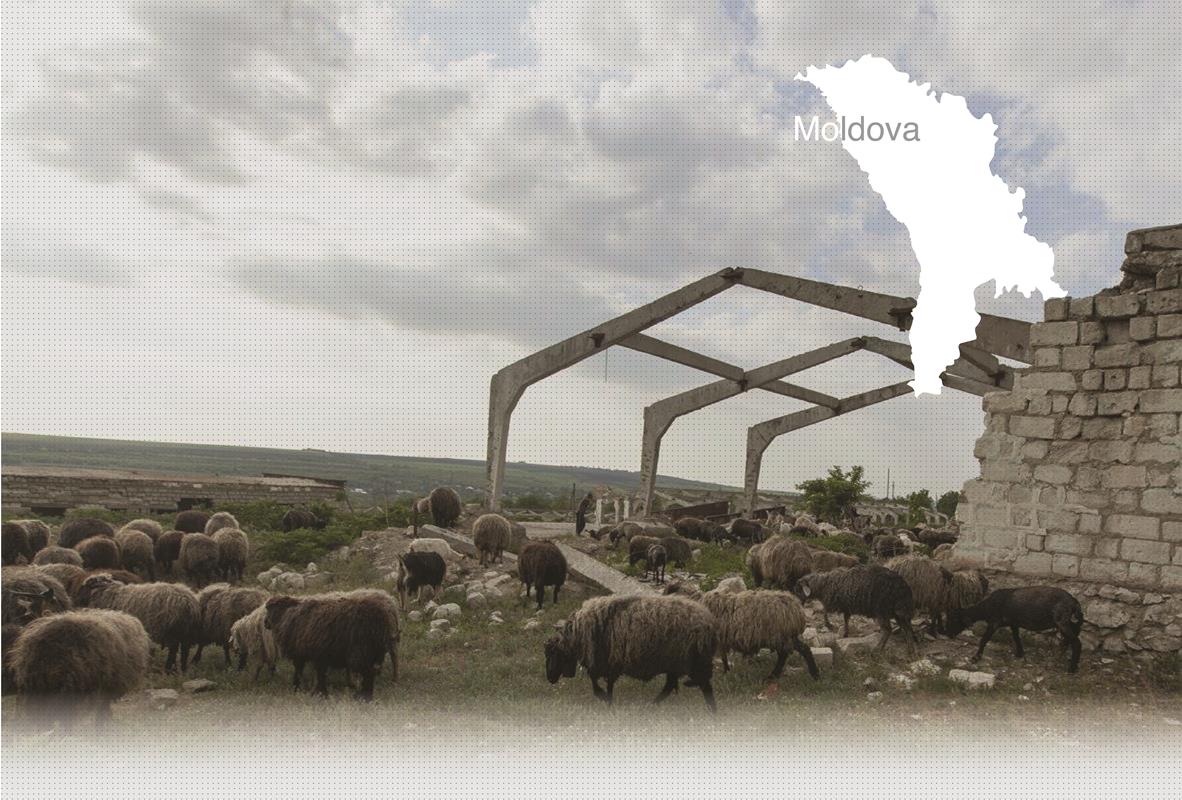

1 Killing site(s)
Paraskovia L., born in 1926: “When the war began, all the Jewish inhabitants of the village and the surrounding villages were gathered and taken to Limbenii Noi where a camp for Jews had been established on the property of Leonard who was a former land master. The prisoners at the camp were put in cattle barns while some stayed outside in an open air. Many were dying of hunger and diseases. Their bodies were put on stretchers by feet and legs and brought to the nearby pit where they were buried. Moldovans could ask the village mayor to employ able-bodied prisoners to exploit them in their fields. It was necessary to obtain an official paper from the village mayor to present it to the guards to use the prisoners. My father was able to make such an arrangement with Romanian soldiers and he employed a Jewish prisoner for one day- atailor with his son to sew clothes. In exchange for the service they were paid with food (…)” (Witness N°208M, interviewed in Limbenii Noi on April 27, 2016)
[…] In addition to this, it is established that the accomplice of the Romanian authorities, the head of the post Duka, systematically arrested Soviet activists, like Gueras, [illegible] and others, 7 people in total. […] It is also established that the Romanian occupiers took all the Jewish families of Staryye Limbeny, about 20 people, who never returned and who are not known where. [Act drawn up by the Soviet State Extraordinary Commission (ChGK) on April 14, 1945; GARF 7021-86-83]
Limbenii Vechi is a town and a commune in Glodeni District in northwestern Moldova. It is located about 9km from Limbenii Noi.Little is known about the prewar Jewish community from Limbenii Vechi. The Soviet archives mention that about twenty Jews lived in the village before the outbreak of WWII. They were merchants.
The area was occupied by German and Romanian troops in July 1941. Shortly thereafter, a transit camp was created in August 1941 in Limbenii Noi, the village located about 9km from Limbenii Vechi. It was established on the territory of a former kolkhoz between two villages. According to the Chisinau Gendarme Inspectorate report, the number of detainees was 3,000 on August 19, 1941. In September there were 2,634 Jews in the camp. Jews were brought to the camp from different localities, such as Fălești (1,500 persons), Sculeni, Balatina, and most probably from Limbenii Vechi, as well as from many other surrounding towns and villages before being deported to Transnistria. Ivan B., born in 1929, remembers seeing several convoys of Jews being escorted through the village to the camp. Men, women, and children were brought to the camp on foot and with carts for several days from different directions. The camp was fenced in with wire and walled with clay stone. It was guarded by Romanian gendarmes. In the camp, the Jews were kept in lamentable conditions. Some were put in the few cattle barns but most of them slept on the bare earth in the open air. Young girls were systematically raped. Daily, about fifteen to twenty people died in the camp because of the harsh living conditions, different diseases, and hunger. The sick were loaded onto carts and shot in a nearby wood. In total, about 800 Jews perished in the Limbenii Noi camp. After a few months, 2,654 Jews (877 men, 908 women and 869 children) from Limbenii Noi camp were deported to Mărculeşti camp (Fălești District). Dozens of them died on the way. During the investigation conducted in Glodeni region in November 2012, YIU’s team identified two mass graves of Jewish victims that perished during the existence of the transit camp in Limbenii Noi. In April 2016, during the second investigation trip conducted in the region, YIU’s team managed to identify a third mass grave of Jews who died or were killed in Limbenii Noi camp.
Do you have additional information regarding a village that you would like to share with Yahad ?
Please contact us at contact@yahadinunum.org
or by calling Yahad – In Unum at +33 (0) 1 53 20 13 17